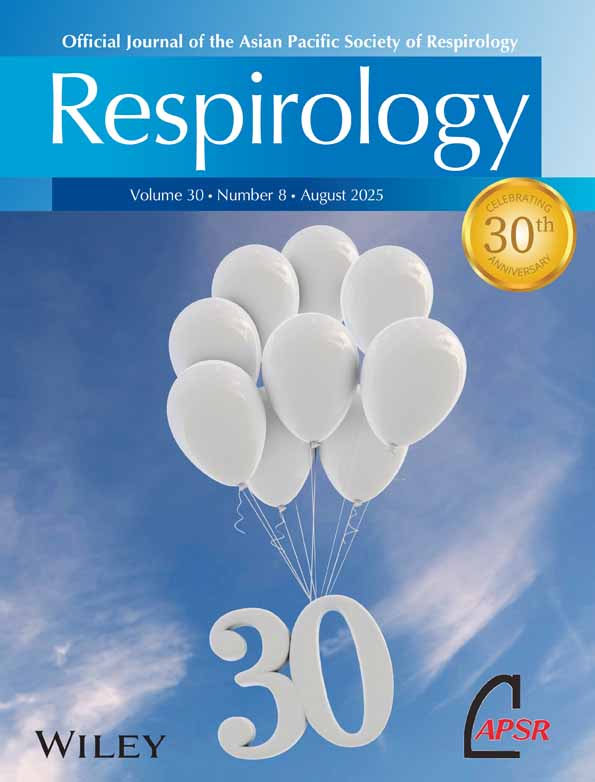Effects of nasal continuous positive airway pressure on pulmonary haemodynamics and tissue oxygenation in patients with obstructive sleep apnoea
Abstract
We investigated the acute effects of nasal continuous positive airway pressure (CPAP) on pulmonary haemodynamics and tissue oxygenation in eight men with obstructive sleep apnoea (OSA) by means of right heart catheterization. They were tested at four dosage levels of nasal CPAP: 0, 5, 10, and 15 cmH2O. Nasal CPAP significantly reduced the cardiac index at the 10 and 15 cmH2O doses. The mean pulmonary artery pressure was significantly elevated with 10 and 15 cmH2O, and pulmonary capillary wedge pressure was significantly increased with 15 cmH2O of nasal CPAP. Pulmonary vascular resistance was significantly increased with 10 cmH2O of nasal CPAP. The 5 cmH2O dose of nasal CPAP did not affect significantly these parameters. Mixed venous oxygen tension was unchanged at any pressure. We conclude that tissue oxygenation was maintained in the OSA patients during administration of nasal CPAP, even though a high CPAP clearly affected pulmonary haemodynamics.




